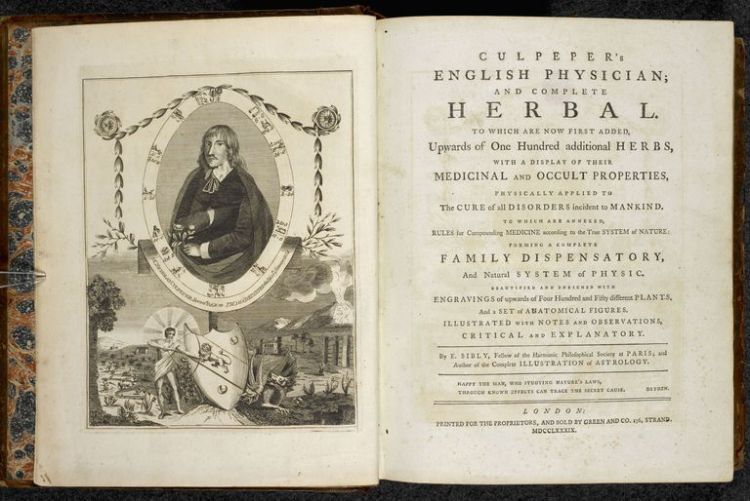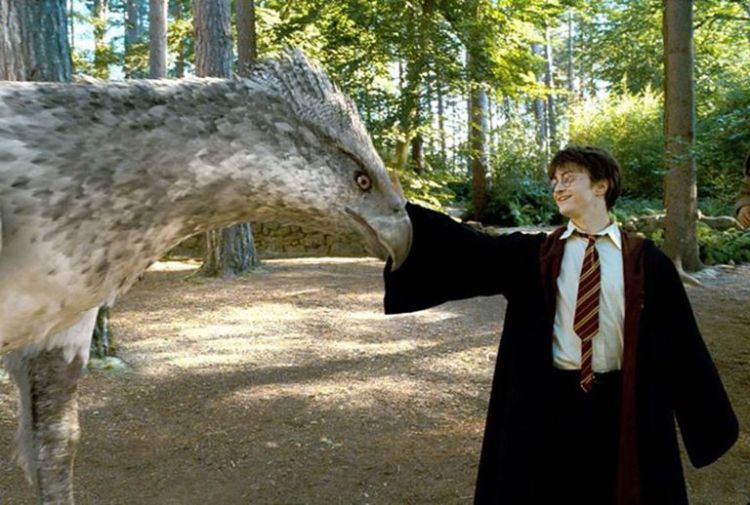First published by Cosmopolitan October 2017
Like the Harry Potter and the Chamber of Secrets deleted mermaid scene

It might be 20 years since the first book was released, but that doesn’t mean our passion for Harry Potter shows any sign of dying out. Now, excitingly, there’s a chance to delve even deeper into Hogwarts life, thanks to the British Library’s Harry Potter: A History of Magic exhibition. Even Hermione wouldn’t know some of these new facts about the films andbooks.
1. In the original draft of Chamber of Secrets, Harry and Ron crash their flying car into the lake at Hogwarts – NOT the whomping willow! And it turns out we’d have been given our first glimpse of a mermaid long before the Goblet of Fire if JK had gotten her way.
The exhibition includes the previous manuscript (changed by the publishers to speed things up) which sees the pair end up in the lake, discovering to their relief that the car is water-tight (good work Mr Weasley.) Worried that no one will have seen the crash, and destined to die at the bottom of the lake, they luckily spot a mermaid with black hair. She helps get the car out onto dry land, where a furious Hedwig promptly flies off in disgust.
2. Sybil Trelawny was originally called Enid Pettigrew, according to a hand-written list of teachers by JK Rowling that’s on display. Of course the author went on to re-purpose the name Pettigrew for a much more sinister character. Booo.
3. The Philosopher’s Stone was a thing before Haz-Po. Alright, so it wasn’t actually real, but that’s not what folk believed back in the day. The British Library has a whopping great 6m scroll on display from the 16th century, showing (in rather graphic detail) exactly how to DIY a stone. It sounds good in theory until you see quite how many demons seem to be involved in the process.
4. Plus, it turns out that Nicholas Flammel was real. He was a French scholar who, rumour has it, worked towards developing a philosopher’s stone. Unlike the book character, he died in 1418 rather than retiring to the English countryside with his wife in the 1990s. His gravestone is included in the exhibition, having been discovered in Paris being used as a chopping board. As you do.
5. Cousin Dudley was originally called Didsbury after the area of Manchester where JK Rowling was living at the time, according to some hand-written notes on a first edition of the Philosopher’s Stone.
6. Mandrakes are a real thing. IKR. It turns out they are knobbly roots which can actually look a bit like wizened old man-babies (there’s one particularly haunting one in the herbology room of the exhibition). The screaming part isn’t true, although does stem (sorry, can’t resist a plant pun) from old myths – one of which suggested plugging your ears with earth, and using a dog to pull it from the earth.
7. There was an actual Fantastic Beasts and Where to Find Them. A guy called Edward Topsell wrote a book called The Historie of Four-Footed Beastes (the first animal book to be written in English) which had a mixture of real and mythical creatures. It included the sphinx, which can keep food in its cheeks like a hamster, appaz.

8. JK Rowling relied on a book from 1652 to help name her plants and potions. The English Physician, better known as Culpeper’s Herbal was written by unlicensed apothecary Nicholas Culpeper and contained a huge list of plants and how to use them in medicine. Rowling has two copies: a cheap second-hand one, and an expensive edition that was a gift from her publishers at Bloomsbury. (Let’s face it, they owed her at least one pricey gift).
9. Bezoars exist. While it probably doesn’t mean you can save your mate from poison by shoving one down his throat, it is pretty cool to think of these sitting in ye olde medicine cabinets. Although actually they are slightly gross – a mass of indigestible material from the digestive system of animals including (as in HP) goats. The one in the exhibition is in a fancy gold case, showing just how valuable these furballs really were.
10. Real witches did sometimes used broomsticks. There’s a gorgeous one on loan for the exhibition that looks like it could be a prop from the films, but actually belonged to 20th century witch Olga Hunt, who used to leap around scaring people on it. #lifegoals.

11. Hippogriffs are pretty old. They were first described in a poem called Orlando Furioso in 1516 – although there’s no mention of them enjoying a ferret supper whipped up by a bearded groundskeeper.
12. Basilisks were actually teeny tiny. Or rather, they would have been had they existed. Famous author Pliny described them as being the size of a person’s palm, and suggested they could be killed using the scent of a weasel. Good to know.
Discussion
No comments yet.